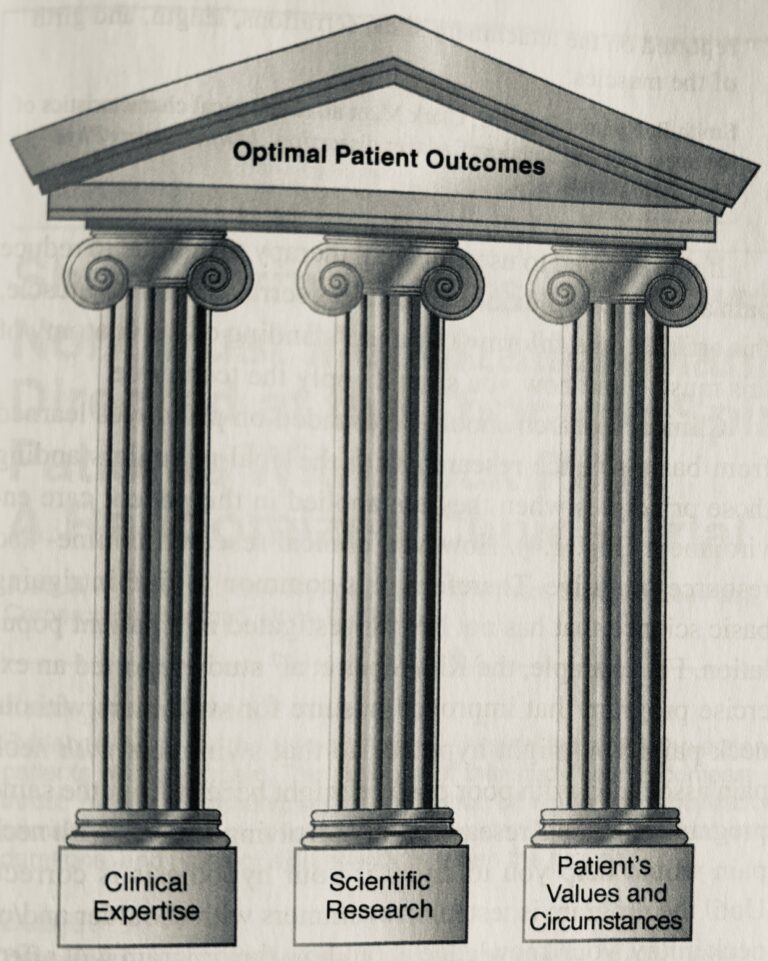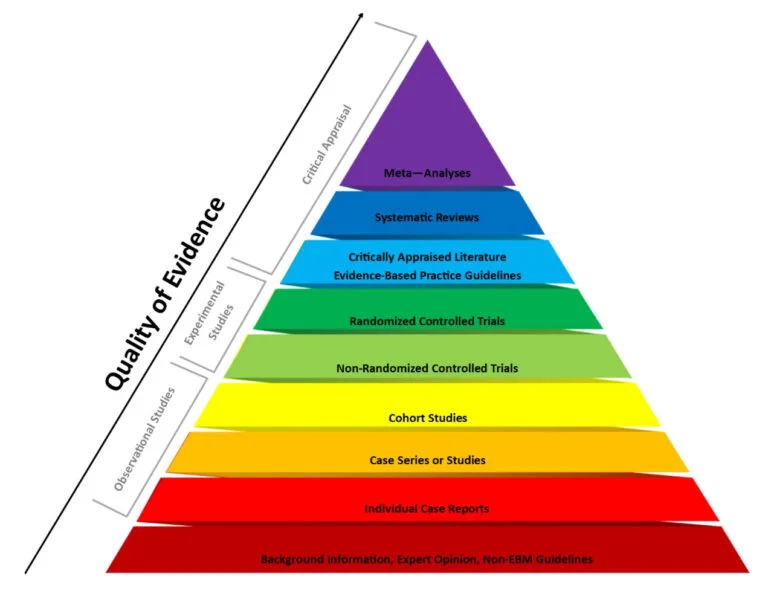What is the Epley Maneuver?
The Epley Maneuver is a series of specific head and body movements designed to treat benign paroxysmal positional vertigo (BPPV). BPPV is a condition that occurs when tiny calcium crystals, known as canaliths, become dislodged and move into the semicircular canals of the inner ear, causing dizziness and vertigo. The primary purpose of the Epley Maneuver is to reposition these crystals to a part of the inner ear where they do not trigger vertigo symptoms.

If you’re looking for latest scientific perspective on the Epley maneuver, check out our review of the Vestibular Rehab course.
Steps to Perform the Epley Maneuver
- Initial Position:
- Sit on a bed with your legs fully extended.
- A healthcare provider turns your head 45 degrees horizontally toward the affected ear.
- Lie Back Quickly:
- Lie back quickly while keeping your head turned at a 45-degree angle.
- Hold this position for about 30 seconds.
- Rotate Head:
- The healthcare provider then rotates your head 90 degrees to the opposite side.
- Maintain this position for another 30 seconds.
- Roll onto Side:
- Roll onto your side while keeping your face looking downward.
- Stay in this position for 30 seconds.
- Return to Sitting Position:
- Finally, sit up into an upright position.
- Rapid Relief:
- Non-Invasive and Cost-Effective:
- At-Home Use:
- High Success Rate:
- Reduced Medication Dependence:
Is the Epley Maneuver Safe?
The Epley Maneuver is generally considered safe for most individuals experiencing benign paroxysmal positional vertigo (BPPV). It is a non-invasive procedure that involves simple head and body movements designed to reposition the dislodged calcium crystals in the inner ear.
Most patients tolerate the maneuver well, and serious complications are rare. However, individuals with certain conditions, such as severe neck problems or other vestibular disorders, should consult with a healthcare professional before attempting the maneuver.
Overall, when performed correctly, the Epley Maneuver can significantly alleviate symptoms of BPPV with minimal risk.



